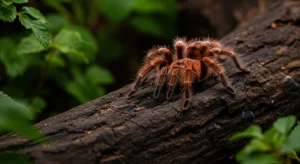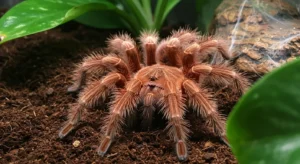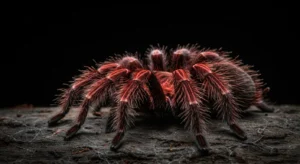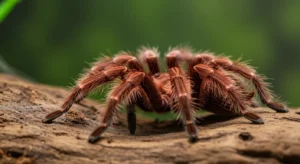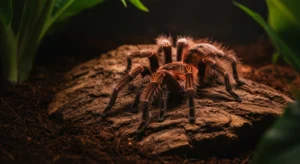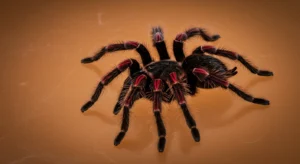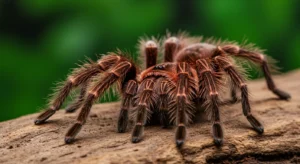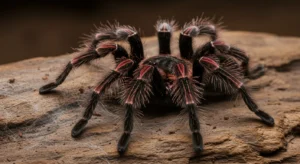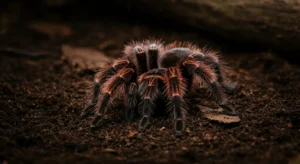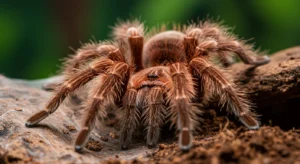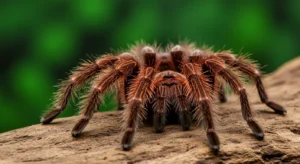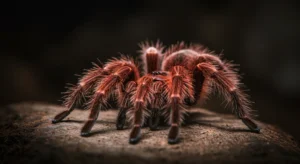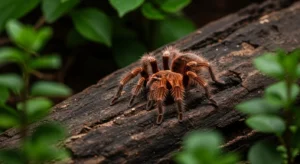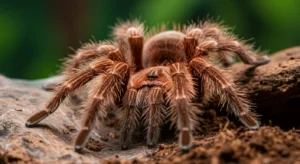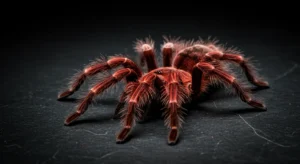Chilean Rose Tarantula and Temperature: Maintaining the Perfect Climate
Introduction: Why Temperature Matters
Like all arachnids, Chilean Rose Tarantulas (Grammostola rosea) are ectothermic, commonly known as “cold-blooded.” This means they rely on external sources to regulate their body temperature. Temperature significantly influences their metabolism, activity levels, growth rate, and overall health. Providing the correct temperature range is a cornerstone of proper tarantula husbandry.
Ideal Temperature Range
Chilean Rose Tarantulas originate from the arid and semi-arid regions of Chile, Bolivia, and Argentina. They are adapted to environments that are generally stable but can experience temperature variations.
The widely accepted ideal temperature range for captive Chilean Rose Tarantulas is between **70°F and 80°F (21°C to 27°C)**. They are known for being quite tolerant, and can often handle temporary fluctuations slightly outside this range, perhaps down to 65°F (18°C) or up to 85°F (29°C) without immediate harm, but stable conditions within the ideal range are best for long-term health.
Understanding the ideal temperature range Grammostola rosea thrives in is crucial for setup.
Is Room Temperature Enough?
For many keepers, standard indoor room temperature falls within the acceptable range for *G. rosea*. If your home consistently stays between 70-80°F (21-27°C) year-round, you likely **do not need** supplemental heating. This is one reason why Chilean Roses are considered relatively easy to care for compared to species requiring higher or more specific temperatures.
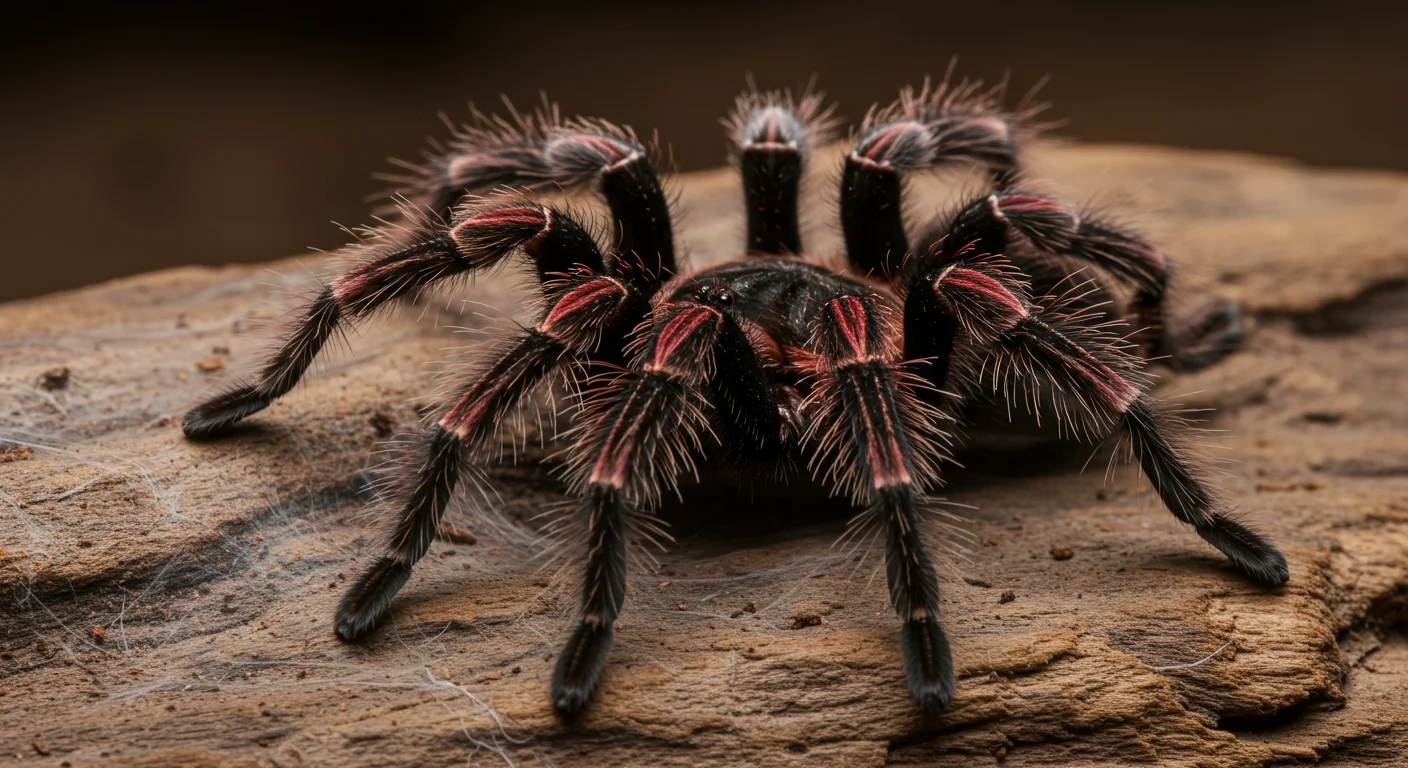
Supplemental Heating: When and How
Supplemental heating should only be considered if your ambient room temperature regularly drops below 65-70°F (18-21°C) for extended periods.
- Heating Method: The safest way to provide supplemental heat is using an Under Tank Heater (UTH) or heat mat **attached to the side** of the enclosure, not underneath. Placing it underneath can overheat the substrate and force the tarantula to move upwards constantly, or worse, “cook” it if it burrows down.
- Regulation is Key: Any heat source *must* be controlled by a thermostat. Thermostats have a probe placed inside or near the enclosure (depending on model) and will turn the heat source on and off to maintain the desired temperature, preventing overheating. Never use a heat source without a thermostat.
- Heating Area: The heat mat should cover no more than 1/3 to 1/2 of the side wall, creating a temperature gradient within the enclosure. This allows the tarantula to move to a warmer or cooler area as needed.
- Avoid Heat Lamps/Rocks: Heat lamps can dangerously dry out the enclosure and the tarantula itself. Heat rocks are notorious for malfunctioning and causing severe burns. Avoid both.
A reliable heating setup for tarantula tank requires careful planning and thermostat use.
Monitoring Temperature
Don’t guess the temperature. Use a reliable thermometer with a probe placed inside the enclosure, ideally near the substrate level, to get an accurate reading of the temperature your tarantula is experiencing. Digital thermometers with probes are generally preferred over stick-on analog types, which can be less accurate.
Avoiding Overheating
While tarantulas can tolerate cooler temperatures better than extreme heat, overheating is far more dangerous and can be quickly fatal. Ensure the enclosure is never placed in direct sunlight, near radiators, or on top of heat-generating appliances. Always use a thermostat if employing supplemental heating.
Signs of Overheating: A tarantula that is constantly climbing the walls or pressing itself against the ventilation might be trying to escape excessive heat.
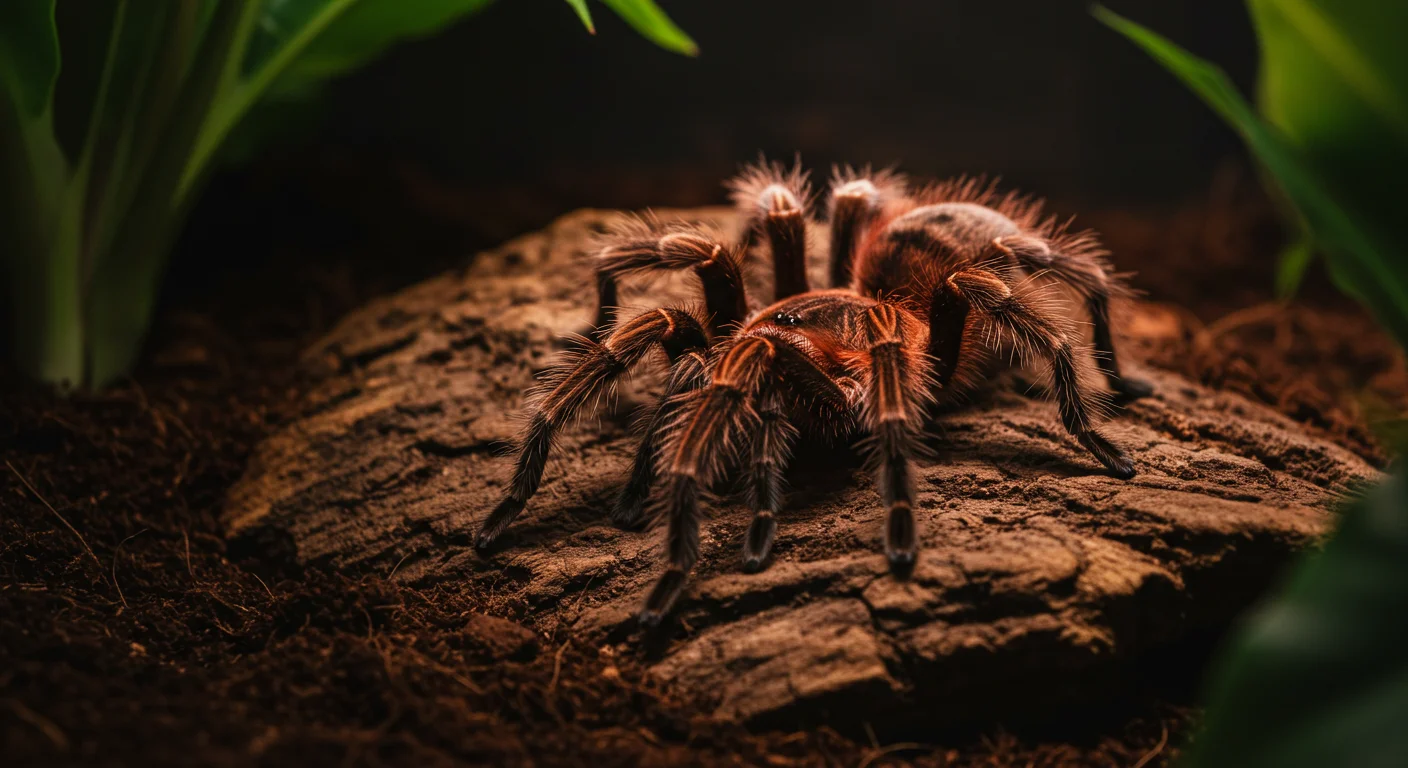
Temperature Fluctuations
Minor, gradual fluctuations within the acceptable range (e.g., a slight drop at night) are generally well-tolerated and mimic natural conditions. However, avoid rapid or extreme temperature swings, as these can cause stress.
Conclusion
Maintaining the correct temperature is vital for your Chilean Rose Tarantula’s health and well-being. Fortunately, their tolerance for typical room temperatures makes this aspect of their care relatively straightforward for most keepers. Aim for a stable environment between 70-80°F (21-27°C), monitor temperatures accurately, and only implement supplemental heating using safe methods (side-mounted UTH with a thermostat) if absolutely necessary. Avoiding extremes, especially overheating, is paramount.
Information on ectotherm thermoregulation referenced from general biology and herpetology resources.
